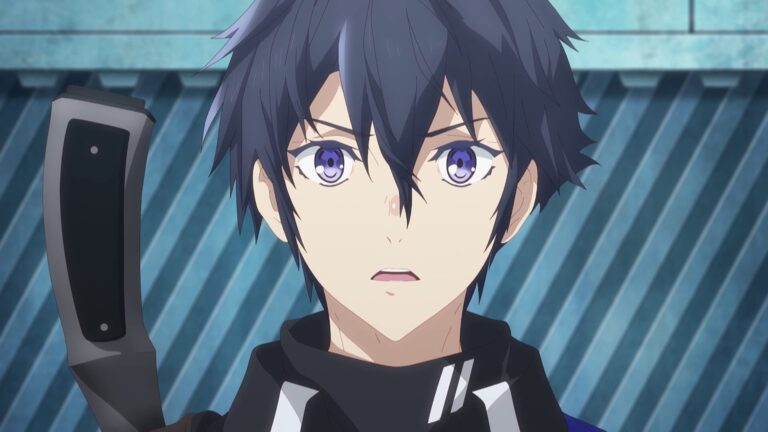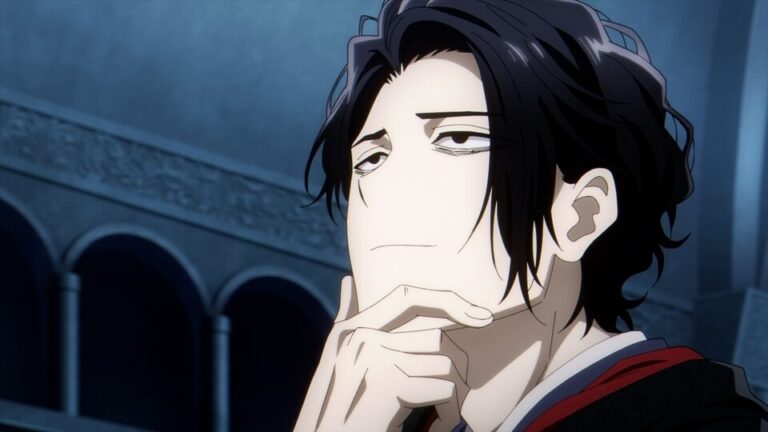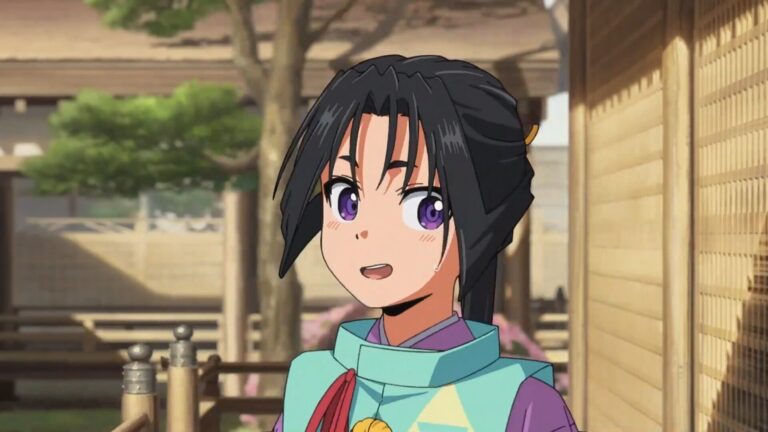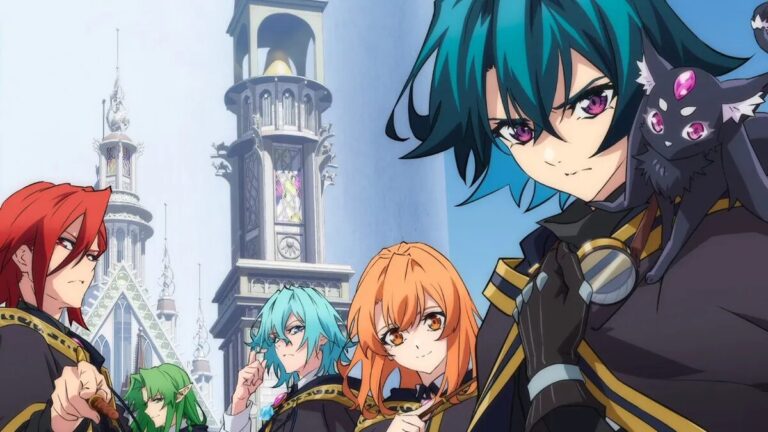Belle Anime Review should you watch this anime in 2025 or skip it?
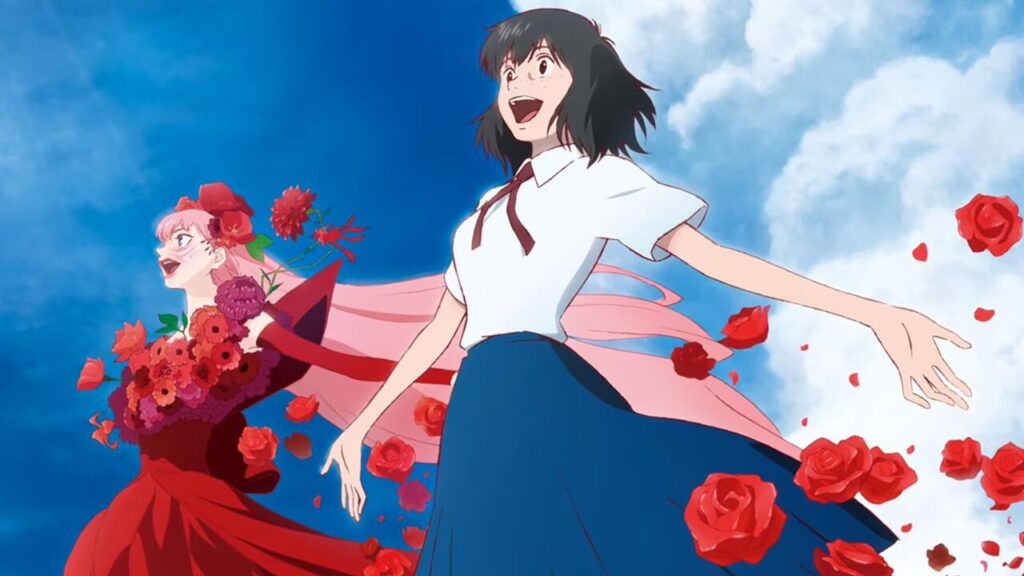
Table of Contents
Belle Anime Review 2025
Introduction
In an era where digital avatars and virtual realities blur the lines between the self and the persona we project, Mamoru Hosoda’s Belle (2021) emerges as a visually stunning and emotionally resonant exploration of identity, trauma, and human connection. Produced by Studio Chizu, the film reimagines the classic Beauty and the Beast narrative within a sprawling virtual world, intertwining themes of self-discovery and the healing power of empathy.
With its breathtaking animation, complex characters, and thought-provoking commentary on the digital age, Belle has cemented itself as a modern anime masterpiece. This review delves into its plot, themes, character development, and animation to uncover why this film captivates audiences worldwide. Now let’s dive into the Belle Anime Review 2025.
Plot
Belle follows Suzu Naito, a 17-year-old high school student grappling with the lingering trauma of her mother’s death. Once a passionate singer, Suzu has withdrawn from the world, struggling to connect with her father and express herself authentically. Her life transforms when she enters “U,” a virtual reality universe where users adopt fantastical avatars. In U, Suzu becomes “Belle,” a globally adored singer whose ethereal voice and charismatic presence contrast sharply with her timid real-world persona.
Belle’s fame in U is disrupted by the arrival of a mysterious figure known as the “Dragon,” a beast-like avatar pursued by vigilantes for causing chaos. Intrigued by his pain, Suzu resolves to uncover the Dragon’s identity, leading her on a journey that bridges the virtual and real worlds. As she confronts the Dragon’s hidden trauma, Suzu begins to confront her grief, rekindling her relationships and rediscovering her voice.
The narrative crescendos in a climactic showdown where Belle’s compassion challenges U’s fractured society, culminating in a poignant resolution that underscores the film’s core message: true connection requires vulnerability. So this is the overall plot of Belle Anime Review.
Analysis of Theme
At its heart, Belle is a meditation on identity and the masks we wear in both physical and digital spaces. The virtual world of U serves as a metaphor for social media, where users curate idealized versions of themselves to escape reality. Belle’s meteoric rise as a singer reflects the allure of online validation, yet her journey reveals the emptiness of fame without authenticity. The Dragon, meanwhile, embodies the isolation of those who hide behind personas to shield their pain, mirroring real-world struggles with mental health and societal judgment.
The film also critiques the duality of technology as both a bridge and a barrier. While U enables Suzu to reconnect with her artistic passion, it also exposes users to exploitation and cruelty, as seen in the mob mentality targeting the Dragon. Hosoda challenges viewers to reflect on how digital platforms can foster empathy or perpetuate alienation, asking: Can virtual spaces heal real-world wounds, or do they merely offer temporary escape?
Finally, Belle explores generational trauma and healing. Suzu’s inability to sing in the real world stems from unresolved guilt over her mother’s death, while the Dragon’s rage masks childhood abuse. Their intertwined arcs emphasize that healing begins when we confront our pain and allow others to see us fully—a universal truth rendered with emotional nuance. This is the overall theme analysis of Belle Anime Review.
Character Development
Suzu’s evolution from a withdrawn teenager to a courageous young woman anchors the film. Her avatar, Belle, initially represents a fantasy of confidence and talent, but as she investigates the Dragon’s plight, Suzu learns to integrate her virtual bravery into her real life. Key moments—such as her decision to sing at a school event—showcase her gradual acceptance of vulnerability, symbolizing her reclaiming of agency.
The Dragon (later revealed as Kei) is equally compelling. His abrasive exterior belies a deeply wounded soul, and his dynamic with Belle transcends romantic tropes, instead highlighting mutual salvation. Kei’s backstory revealed through fragmented memories, adds layers to his defiance, making his eventual trust in Belle emotionally cathartic.
Secondary characters, like Suzu’s tech-savvy friend Hiroka and childhood friend Shinobu, provide levity and grounding. Hiroka’s role as Belle’s manager underscores the collaborative nature of creativity, while Shinobu’s unspoken affection for Suzu adds subtle tension. Even minor figures, such as Suzu’s estranged father, contribute to the narrative’s emotional depth, illustrating how grief can fracture relationships—and how empathy can mend them. So these are the main highlights of Belle Anime Review.
Animation
Now let’s discuss the animation of Belle Anime ReviewStudio Chizu’s animation of Belle is nothing short of revolutionary, blending traditional 2D artistry with cutting-edge 3D techniques. The juxtaposition of Suzu’s rural, watercolour-inspired hometown with the kaleidoscopic neon landscapes of U creates a visual dichotomy that mirrors the film’s thematic contrasts.
Belle’s design—crafted by Disney animator Jin Kim—radiates elegance, with her flowing pink hair and gown symbolizing both beauty and fragility. The Dragon’s monstrous appearance, juxtaposed with moments of delicate vulnerability, showcases the animators’ ability to convey complex emotions through movement and expression.
The virtual concerts are standout sequences, where vibrant CGI crowds and dynamic camera work immerse viewers in Belle’s performances. Meanwhile, quieter scenes, like Suzu’s interactions with her father, are rendered with subtlety, emphasizing facial expressions and body language to convey unspoken emotions.
Hosoda’s collaboration with composer Ludvig Forssell (known for Metal Gear Solid) elevates the film further. Belle’s songs, performed by singer Kylie McNeill, blend pop grandeur with lyrical depth, acting as narrative anchors that mirror Suzu’s inner journey.
Conclusion
Belle is a triumph of storytelling and artistry, offering a timely reflection on the intersections of technology, identity, and human connection. Through Suzu’s journey, Mamoru Hosoda reminds us that true bravery lies not in perfection but in embracing our scars—and reaching out to others through theirs. With its lush animation, layered characters, and resonant themes, Belle transcends its fairy-tale roots to deliver a profoundly moving experience. In an age where screens often isolate us, this film is a heartfelt plea to find beauty in authenticity and courage in vulnerability. This is the overall Belle Anime Review now you can decide whether you should watch it or not.


